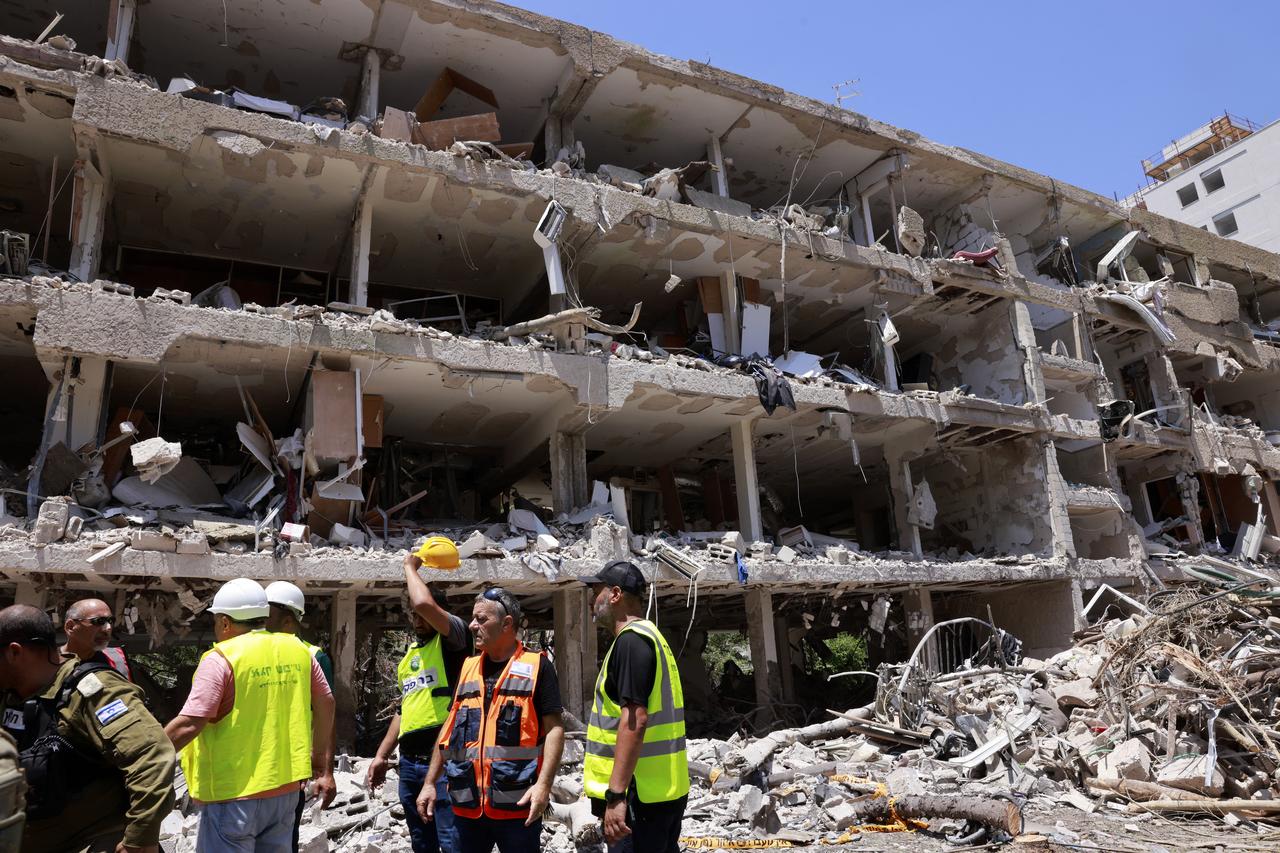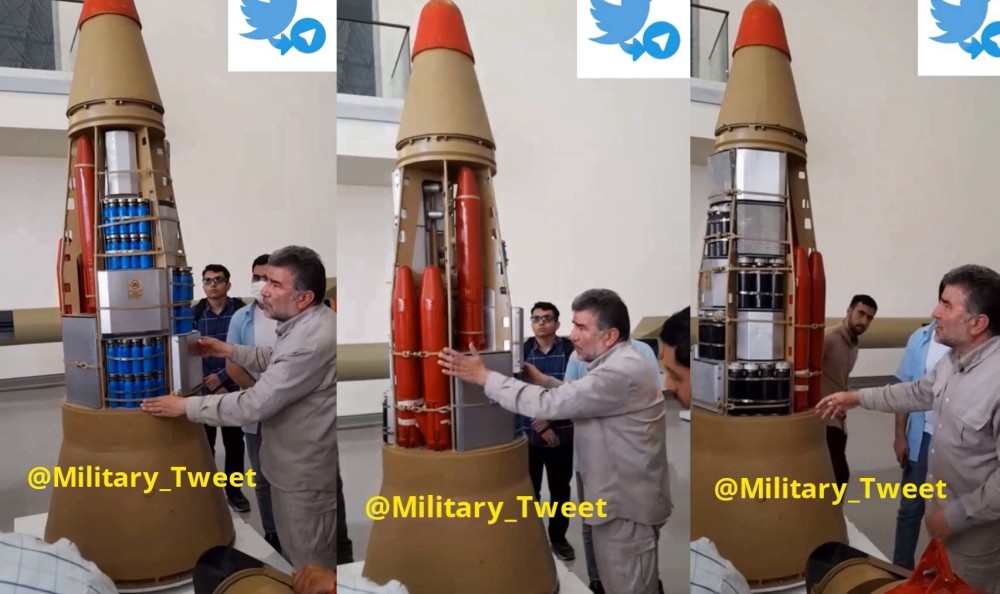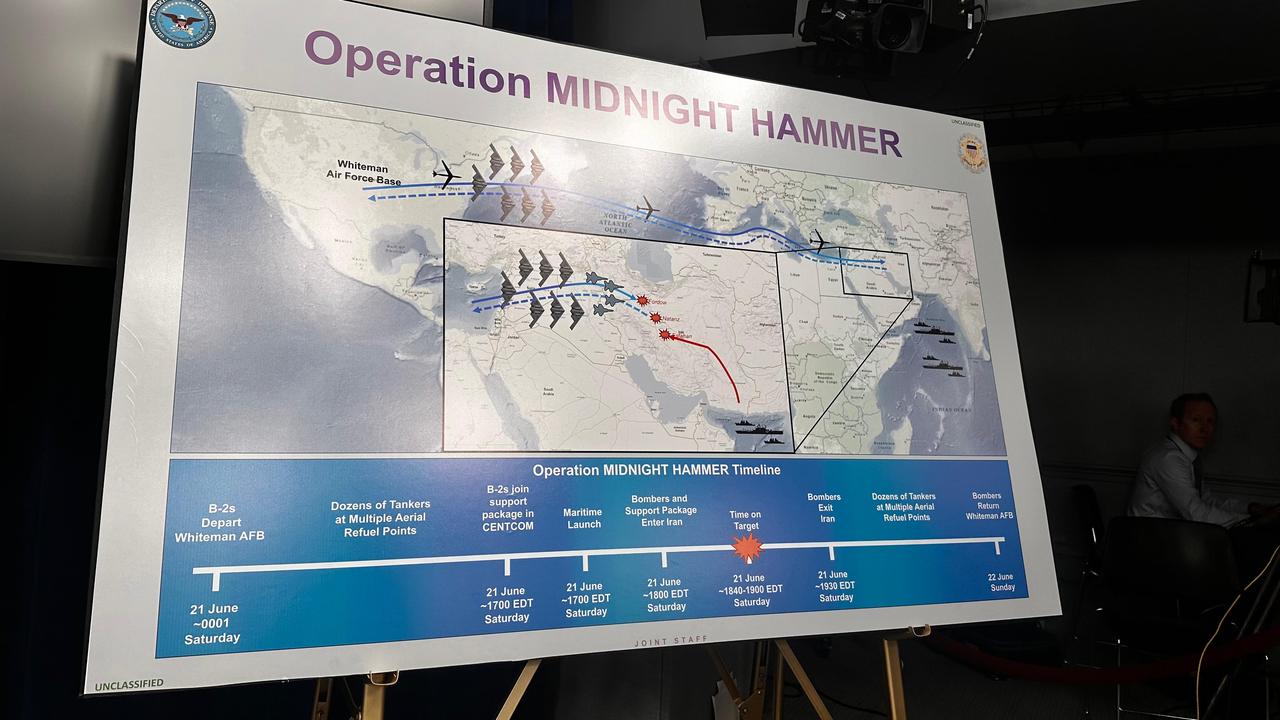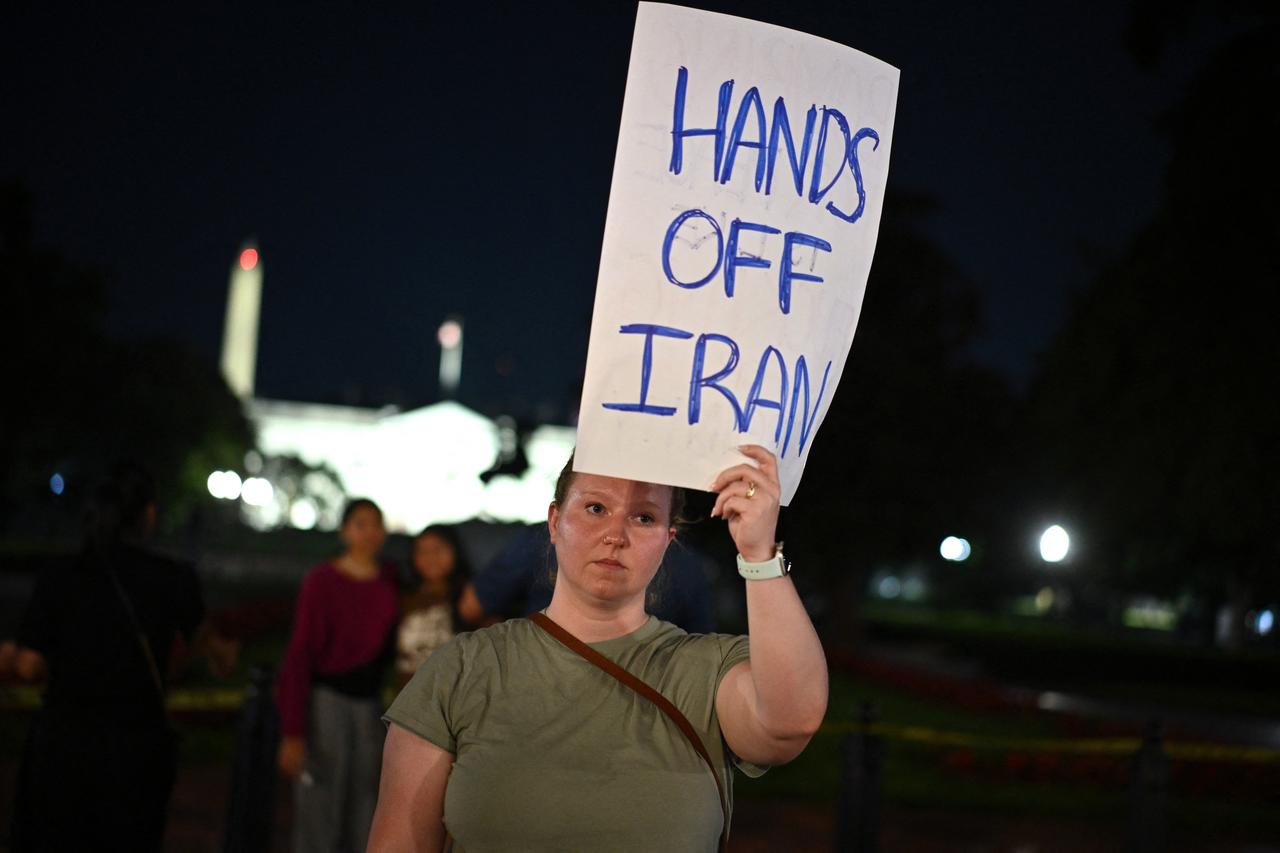
As Israel and Iran exchange strikes in a steady march toward escalation—and with the United States having carried out its first significant retaliatory operation in support of Israel—regional analysts are turning their attention to two increasingly plausible risks: Iran’s potential deployment of a radiological dispersal device—commonly known as a “dirty bomb”—or a chance of a primitive nuclear weapon.
Though not equivalent to a proper nuclear weapon in destructive power, such a device could serve as a potent tool of disruption, leveraging panic, contamination, and strategic chaos in a moment of crisis.
Iran is believed to possess enough enriched uranium to technically assemble several low-yield nuclear devices.
But even short of that threshold, its nuclear infrastructure and access to radioactive isotopes from civilian and industrial sources give it the raw ingredients for RDDs.
The weapons, which combine conventional explosives with radioactive materials, are designed to contaminate rather than annihilate.
Unlike nuclear warheads that rely on fissile materials and trigger chain reactions, dirty bombs use isotopes like cesium-137, cobalt-60, or americium-241—substances found in medical facilities and industrial sites—to spread radiation across targeted areas.
Their primary impact is not in immediate fatalities but in long-term contamination, economic paralysis, and public fear, which means they are low-yield weapons with high impact.

For Tehran, such weapons present a strategic advantage precisely because of their ambiguity. They are easier to assemble than nuclear weapons, less technically demanding, and more deniable.
And while a dirty bomb would be unlikely to cause large-scale casualties, a single explosion in a symbolic or densely populated area could generate long-lasting panic and political blowback, with cleanup efforts costing billions.
Recent reports suggest that at least one of the missiles fired from Iran into Israeli territory on June 19 may have been equipped with a cluster warhead, raising concerns over whether future iterations could carry radiological payloads.
Iranian officials, while denying possession of nuclear weapons, have alluded to possessing “unused tools” in their arsenal, a phrase some analysts interpret as a veiled reference to unconventional weapons options.
Iran’s military doctrine, heavily reliant on asymmetric tactics and proxy networks, creates a framework where a dirty bomb becomes both operationally feasible and doctrinally consistent.
Such a device could be delivered through established partners like Hezbollah or the Houthis, though neither is known to have experience with radiological materials.
Direct Iranian involvement would likely be required.
Dirty bombs, by their very nature, are optimized for disruption. A device detonated in a port, financial district, or religious site could provoke mass evacuations and lingering social anxiety.
But maritime chokepoints are also in focus.
A radiological device smuggled aboard a container ship and detonated near the Strait of Hormuz or inside the Suez Canal could grind global shipping to a halt.
Ports are especially vulnerable. Radiation detection systems, such as those used in the U.S. and EU, typically scan containers after they are offloaded, leaving a critical gap while cargo is still onboard.
Detection is further complicated by shielding, low-radiation materials, and high rates of false positives from benign items like fertilizer or ceramics.
Should Iran choose to act, it could also attempt smuggling materials via longstanding routes through Latin America. Iranian-linked operatives connected to Hezbollah have a known presence in the Tri-Border Area of Argentina, Paraguay, and Brazil.
Though speculative, the possibility of material being moved from South America to U.S. ports or land borders has appeared in U.S. security assessments.
The Gulf, with its vast coastline and fragile security architecture in Yemen and Iraq, presents further openings. In Europe, while awareness is growing—reflected in EU CBRN policy frameworks and the Europol TE-SAT terrorism threat assessments—detection architecture remains uneven.

Despite its technical ability and strategic incentives, Tehran is unlikely to use a dirty bomb lightly.
The political costs would be steep. A confirmed radiological attack would trigger fierce retaliation from Israel, potentially involving the United States and other Western powers. Even Iran’s partners, including Russia and China, would face pressure to distance themselves.
Economically, such a move could invite a new wave of sanctions or even complete diplomatic isolation.
There are internal considerations as well. The Islamic Republic maintains a self-image as a lawful actor committed to international norms—particularly in contrast to what it labels Western hypocrisy.
The use of a weapon that targets civilians through radiation would undercut that narrative.
This unwritten rule was obvious in Iranian targets inside Israel recently.
Technical unpredictability also looms large. Winds could carry contamination beyond intended targets, potentially harming civilians in neighboring states or even friendly territories.
There is also the risk of mishandling by proxies, breakdowns in the chain of command, or loss of narrative control if intercepted or exposed.

A dirty bomb would not just be a physical weapon—it would be paired with an information war. Iranian-linked media networks and proxy platforms could push disinformation to heighten panic: rumors of multiple devices, claims of foreign responsibility, or fabricated evidence of government cover-ups.
The goal would be to overwhelm public trust and paralyze response mechanisms.
The threat has been on the radar for years, particularly since the post-9/11 push for port security. Radiation portal monitors are deployed across the United States and European ports, but their effectiveness is limited.
Shielded sources often go undetected, and inspectors are reluctant to pursue frequent false alarms.
International frameworks, such as the EU’s 2017 CBRN Action Plan and warnings from the EU Institute for Security Studies (EUISS), highlight these vulnerabilities.
While technological upgrades—such as neutron detectors and dual-use scanners—are available, they remain expensive and rare in much of the developing world.
Human intelligence and international cooperation remain the most viable tools in preventing RDD attacks, which are one of the most vulnerable points of Iran.
But as long as asymmetric tensions persist in the Middle East, and Iran remains under intense external pressure and has chances for its leader to be eliminated, the dirty bomb will continue to haunt strategic calculations, even if it never detonates.